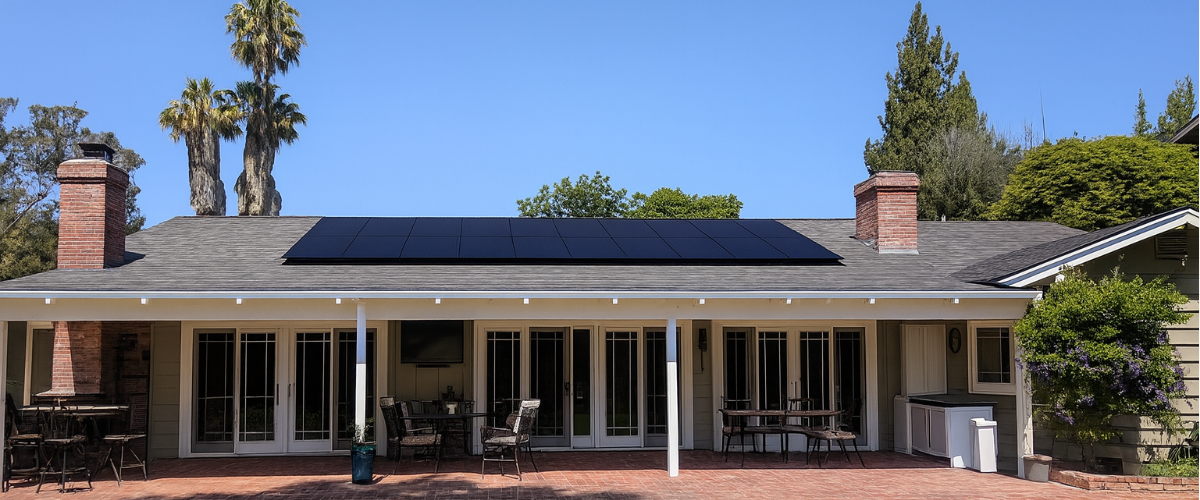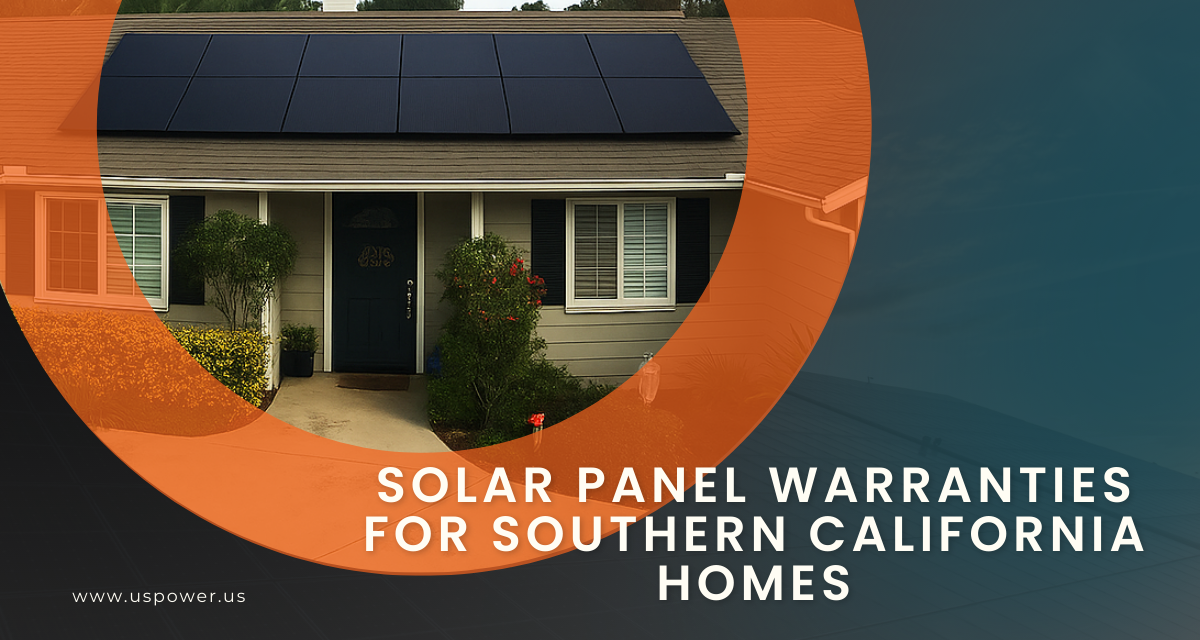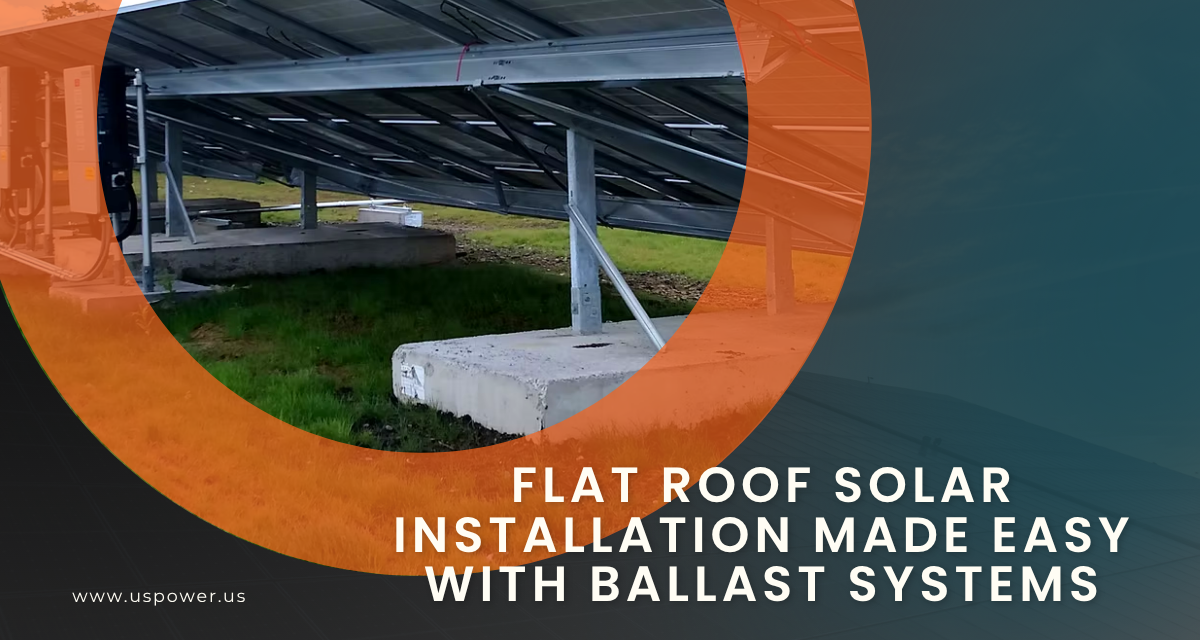Are Batteries Worth It for Solar in California?

Solar and Roofing Advisor
Batteries aren’t required for solar, but they can improve savings and resilience. See when California homeowners should go solar-only—or solar + storage.

Many homeowners wonder whether battery backup is required alongside a solar installation. The short answer? No—you absolutely can use solar panels without batteries, and in fact, most residential solar systems in the U.S. are sold without storage.
Still, whether batteries are worthwhile will depend on your energy goals, utility policies, and regional considerations—like Southern California’s changing net metering rules. Here's how to decide:
Going Solar Without a Battery: How It Works
A battery-free solar setup is typically a grid-tied system, which means:
- During the day, solar panels power your home directly.
- Anything you don’t use goes back to the grid.
- When the sun isn’t shining, you pull power from the grid, using net metering credits to offset usage later.
This system is simple, affordable, and highly effective—especially in areas like California with strong net metering policies.
Benefits of Battery-Free Solar Systems
- Lower Upfront Cost – Batteries can add $10,000–$20,000 or more to installation costs.
- Simplified Design & Maintenance – No need for complex inverters, battery management, or additional systems components.
- Efficient Daytime Use – If your energy usage aligns with daylight hours, solar alone provides optimal performance.
- Net Metering Leverages the Grid as a “Virtual Battery” – Export excess solar for credits you can use later.
Drawbacks of Not Having a Battery
- No Backup Power During Outages – Grid safety rules require solar systems to shut off during blackouts, leaving your home without power even if the sun is shining.
- Continued Utility Dependence – At night or during storms, you'll rely on the grid. As utility rates increase, this reliance erodes long-term savings.
- Lost Opportunities with Time-of-Use (TOU) Pricing – Batteries can store cheap midday solar energy for use during expensive peak periods; without them, that benefit is out of reach.
When Batteries Make Sense in SoCal
- Frequent Outages – In areas prone to Public Safety Power Shutoffs (PSPS), batteries provide essential backup power.
- TOU or Demand Charges – Households with expensive peak-hour rates can benefit from storage solutions that shift energy use to low-rate periods.
- Future-Proofing – Battery prices are decreasing, and adding storage enhances resilience and home value—even if you install solar now and add batteries later.
A Balanced Hybrid Option
Many California homeowners choose a middle path: a grid-tied system now, with the option to add storage later. Many modern inverters are storage-ready, letting you scale up your system as needs—or budgets—evolve.
Bottom Line
Solar panels can save you money and reduce carbon footprints—even without batteries. But if reliability, rate optimization, or resilience matter to you, a battery system can turn your solar investment into a long-term energy strategy, not just a mid-day power source.
Want help deciding if battery backup is right for your home—or building a system that’s storage-ready from day one? Reach out to US Power today for your personalized solar + storage plan.
Artículos relacionados
Nuestros blogs relacionados
Understand why homeowners should know about solar panel warranties in SoCal.
Go solar the easy way. Connect now and claim your 30% federal solar credit.
The 2025 guide to solar ballast systems for California flat roofs. Talk to an expert!
Nuestros socios de marcas de energía solar y techos








Empoderamos a las comunidades y las empresas para que aprovechen las energías limpias y renovables energía solar soluciones que impulsan el crecimiento sostenible.
Derechos de autor © 2025 US POWER | Energía solar y techosUS Power - Axia by QCells. All Rights Reserved.
La privacidad es importante para nosotros, por lo que tiene la opción de deshabilitar ciertos tipos de almacenamiento que pueden no ser necesarios para el funcionamiento básico del sitio web. El bloqueo de categorías puede afectar a su experiencia en el sitio web.
Imprescindible
Estos elementos son necesarios para habilitar la funcionalidad básica del sitio web.
Personalización
Estos elementos permiten que el sitio web recuerde las elecciones que ha realizado (como el nombre de usuario, el idioma o la región en la que se encuentra) y proporcionan funciones mejoradas y más personales.
Mercadeo
Estos artículos se utilizan para ofrecer publicidad que sea más relevante para usted y sus intereses.
Analítica
Estos elementos ayudan al operador del sitio web a comprender cómo funciona su sitio web, cómo interactúan los visitantes con el sitio y si puede haber problemas técnicos.
Nosotros y nuestros socios externos utilizamos cookies y otras tecnologías para mejorar y rastrear su experiencia en este sitio, realizar análisis y personalizar el marketing para usted. Al usar el sitio, aceptas que usemos estas tecnologías, incluido el registro y el monitoreo de tus interacciones con el sitio.
¡Obtenga una estimación solar instantánea usando el satélite!










